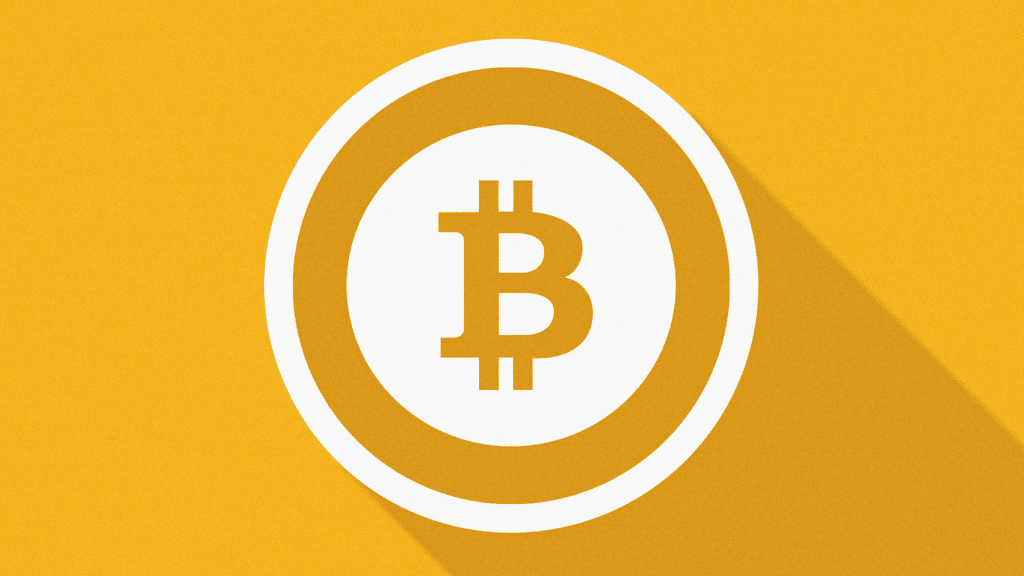Bitcoin: The World’s First Decentralized Organization


Comparing Bitcoin’s market capitalization to that of publicly traded companies often made me cringe in frustration. Attempting to compare the world’s first successful digital native currency to a single industry, let alone a single company, is narrow-minded. But as I continued to surrender to the process of meeting people who were on their Bitcoin journey, I realized I could use this comparison to explain Bitcoin’s strengths in a different way.
Rather than attempting to conceptually elevate Bitcoin to the level of a global currency, we propose conceptually bringing the global currency down to the level of a public company. This temporarily negates the need to delve into the history of monetary theory when trying to explain Bitcoin.
Note to investors:
To achieve this, imagine that USD and BTC are stock market tickers. Each is a company with employees, management policies, price performance records, legal obligations, and publicly traded stock. Now that we’re operating at the same conceptual level, let’s take a look at how both companies are doing.
USD’s board has been diluting its stock for a long time and has recently been issuing new shares at a very surprising rate. While employees work hard to reduce their salaries, much of the dilution benefits the board. BTC, on the other hand, does not have a board of directors. It is run by employees, who maintain a collective agreement to issue shares at a fixed, predictable and decreasing rate, with a maximum supply of 21 million shares. To work for the company, you must adopt a consistent issuance policy.
USD companies are clearly waging a strong arms race around the world and forcing people to adhere to their standards. They have been at the top for decades and have swallowed up most of the global market share. As a result, they have a huge impact on the competition, but they are becoming complacent and losing their edge. The cost of maintaining overhead is becoming more and more demanding by the day, and the debt burden has grown far beyond responsibility. The stock price performance of investors holding USD stocks has been in the red by about 90% since 1971, with no serious signs of a rebound.
The BTC company is managing a grassroots marketing campaign that is gradually gaining traction, but has not yet gone completely viral online. BTC is a disruptive technology company with 14 years of volatile but steady growth in value and adoption. Their share of the global market is extremely small compared to existing companies. Creates dramatic upside potential. The management structure is lean, overhead costs are shared among employees, and the organization itself has no debt. The price performance of investors holding BTC stocks has remained roughly 200,000% in the green since 2013 and shows no signs of slowing down.
A rational investor can bet on both horses, but evaluate their allocation based on the current situation. The market situation is changing rapidly as a new startup called BRICS makes a pre-launch announcement. BRICS seems interested in stealing market share from USD. This will have a huge impact on USD, as their business model relies on USD being the sole provider of services.
BTC investors tend to hold stocks tightly. Despite tremendous volatility, about 70% of stocks have not changed hands over the past two years. Although BTC has some large shareholders who are willing to sell their shares for one reason or another, many smaller investors eagerly buy discounted shares whenever they get the chance. Due to USD’s entrenched nature, it holds several cards in hand to attract new investors and slow the growth of competitors, but the days of true market innovation are past.
BTC, on the other hand, is innovating at a consistent pace and is on track to continue taking market share regardless of the competition. Their products have fundamental qualities that their competitors cannot match. Ultimately, of the three companies, BTC is the only one that is digitally native. USD operates a hybrid offline/online system, but is not optimized for the online model only. BRICS does not yet have a working prototype, but a digital presence is inevitable. Once existing customers realize that all global commerce will migrate to a digital format, they will compare available options more soberly.
Note to employees:
Simply defined, any individual who adds value to the network can be considered a BTC employee. By this definition, all investors are also employees. The same goes for miners, developers, manufacturers and entrepreneurs involved in Bitcoin software or hardware. Suppliers who accept Bitcoin for goods or services add value to the network in proportion to the value of those goods and services. Investors who purchase Bitcoin compete with each other while benefiting from each other. Investor holdings add value to the network by reducing circulating supply.
The resulting conditions are those under which each participant in the network works for all other participants in the network. Rewards are distributed according to investor holdings. BTC is employee-owned and operated. We look at the Bitcoin circular economy through this lens. Every Bitcoin user is an investor, employee, and business owner at the same time. Each user chooses his or her level of participation, and all roles are accepted or rejected voluntarily.
Cohesive teams perform better than teams that struggle to reach consensus. Fortunately, the Bitcoin community is built around a mathematical consensus machine. Despite continued disagreement within the community, we have no choice but to reach a collective agreement every 10 minutes. Each of us has taken a unique path to understand the importance of Bitcoin, and we all support the network in a special way. Those trying to attack Bitcoin also offer their own value. Thank you for helping educate us and pointing out potential vulnerabilities in the protocol.
The Latin origin of the word compete means “to strive in common, to pursue something together or together.” By competing, we can all become stronger together. To ignore the collective nature of Bitcoin is to ignore the facts of reality. Currently, millions of individuals work as a decentralized collective to operate the Bitcoin network based solely on the incentives of the protocol. Without them I would have nothing to write about.
A group cannot exist without an individual, and an individual cannot exist without a group. We can try to live with compassion for other living things, if we choose to do so. However, this is far from a prerequisite for employment on the Bitcoin network. Forcing anyone to act ethically or compassionately completely nullifies the value of these virtues. In this new paradigm there are no obligations, only suggestions.
conclusion:
We all choose how to deploy our capital and allocate our personal energies. Placing your faith in a bankrupt fiat giant rather than meeting a new challenger in the market is a much bigger risk than most realize. Luckily, Bitcoin never experiences layoffs or hiring freezes.
Viewing Bitcoin through this lens sets aside ideological and moral arguments to take a dispassionate view of the network compared to its competitors. This approach may simplify the conversation or stifle calls to action, but not everyone is ready to face the brutality of a fiat system. Some invest primarily based on rationality. Above all, we strive to maximize profits. Some people invest more wholeheartedly. Avoid investments that are morally inconsistent. Unfortunately, it is impossible to do both in a fiat system. Invest wisely.
This is a guest post from . source node. The opinions expressed are solely personal and do not necessarily reflect the opinions of BTC Inc or Bitcoin Magazine.



